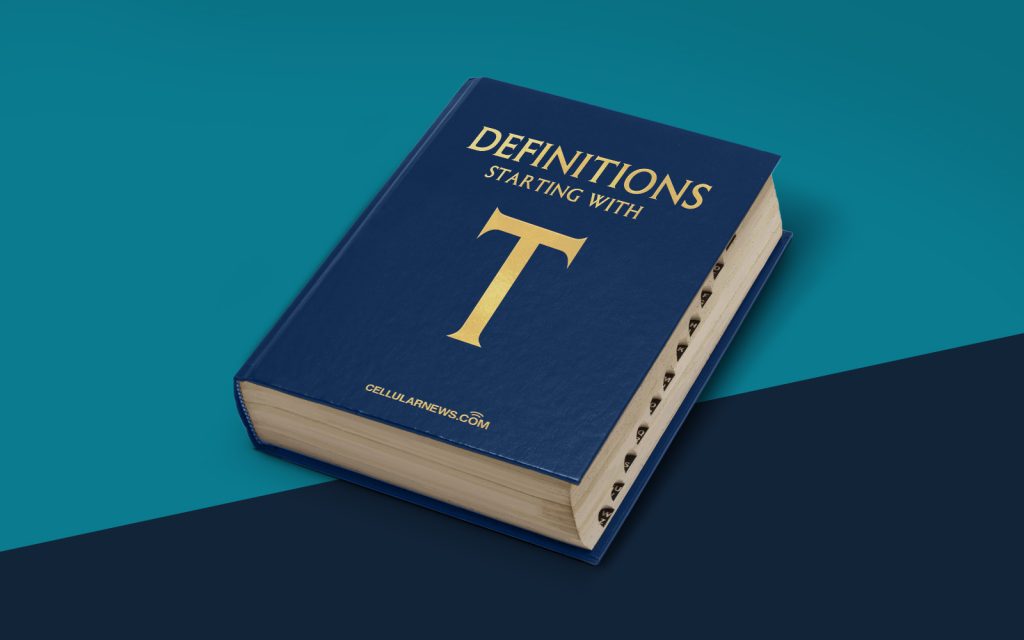
Understanding the Power of Thyristors
Have you ever wondered what a thyristor is and how it works? In this article, we will dive into the world of thyristors and explore their purpose, operation, and applications. So, if you’re ready to learn, let’s get started!
Key Takeaways:
- A thyristor is a semiconductor device that acts as a switch or amplifier in an electrical circuit.
- Thyristors are commonly used in power control applications, such as AC voltage regulation, motor speed control, and power supply systems.
What is a Thyristor?
A thyristor, also known as a silicon-controlled rectifier (SCR), is a type of semiconductor device that can act as both a switch and an amplifier in an electrical circuit. When used as a switch, it can control the flow of electrical current by turning it on or off. It is widely used in various applications that require precise control over power flow.
The thyristor consists of several layers of semiconductor materials, including p-type and n-type silicon regions. It has three terminals: the anode, the cathode, and the gate. When a small current is applied to the gate terminal, it triggers a larger current to flow from the anode to the cathode, effectively switching the thyristor on. Once triggered, the thyristor remains conducting even after the gate current is removed, until the current flowing through it drops below a certain level.
Thyristors are commonly used in power control applications due to their ability to handle large amounts of current and voltage. They are widely utilized in various industries, including:
- AC voltage regulation: Thyristors can control the flow of AC power, allowing for voltage regulation in electrical systems.
- Motor speed control: By using thyristors, the speed of electric motors can be adjusted, allowing for precise control over mechanical systems.
- Power supply systems: Thyristors are used in power supply systems to regulate voltage and ensure consistent power delivery.
Other applications of thyristors include lighting control, welding equipment, and traction control systems in trains.
In conclusion, a thyristor is an essential component in modern power control applications. Its ability to act as both a switch and an amplifier makes it a versatile device for regulating electrical current and voltage. Whether it’s in AC voltage regulation, motor speed control, or power supply systems, thyristors play a crucial role in ensuring efficient and precise power control.
